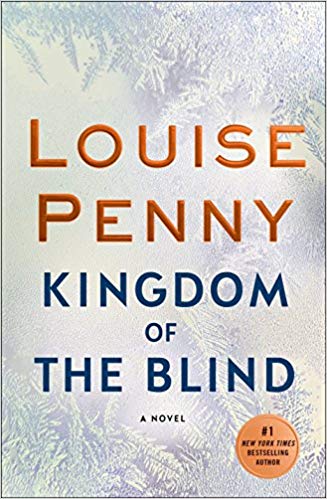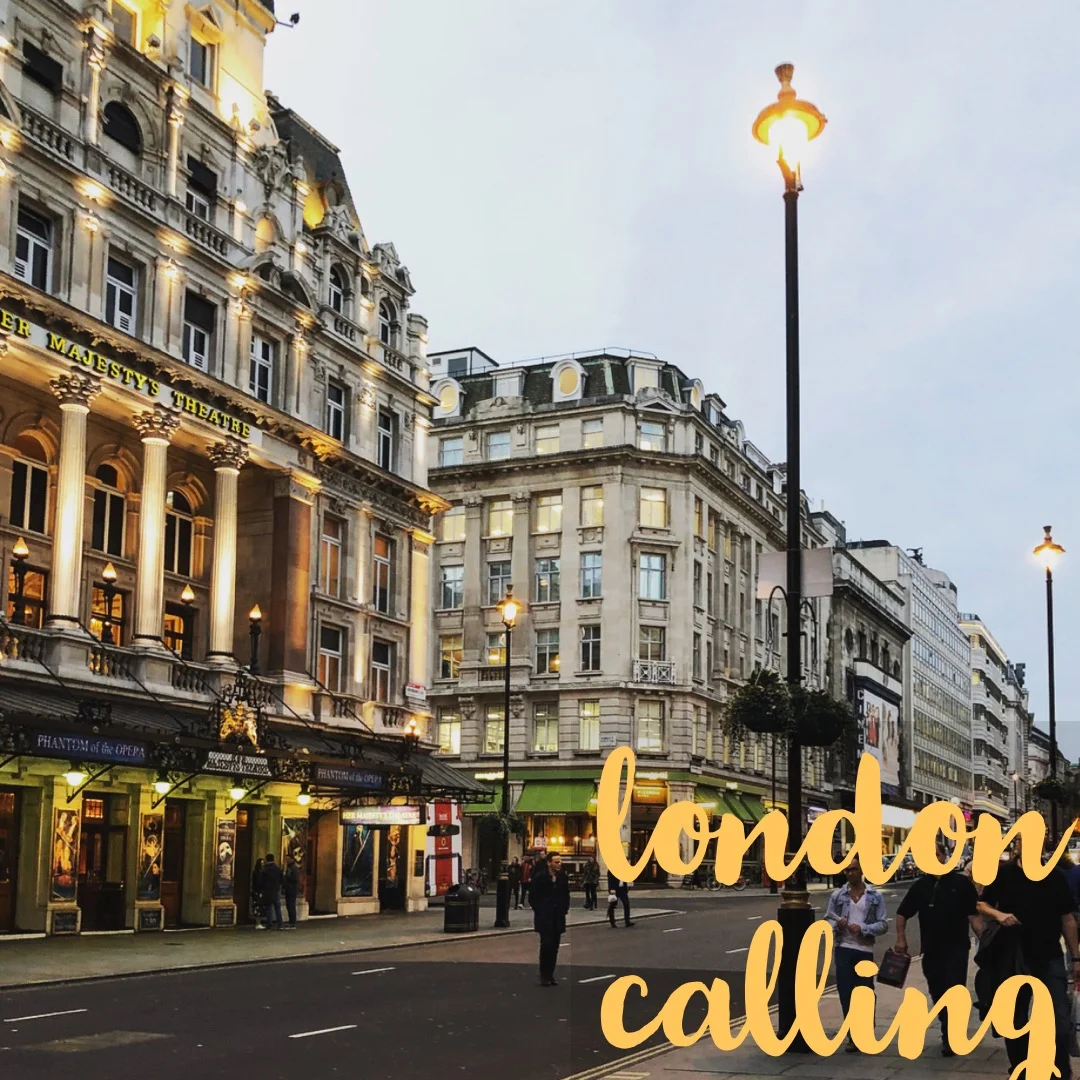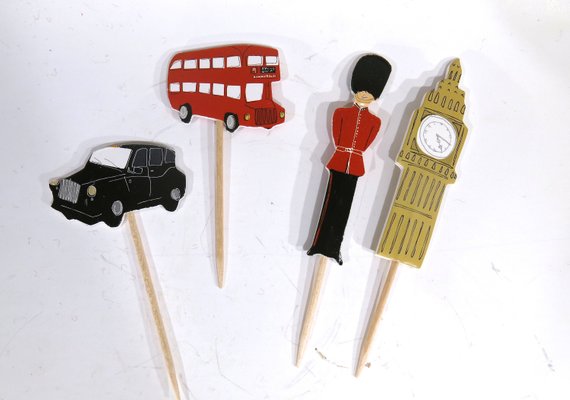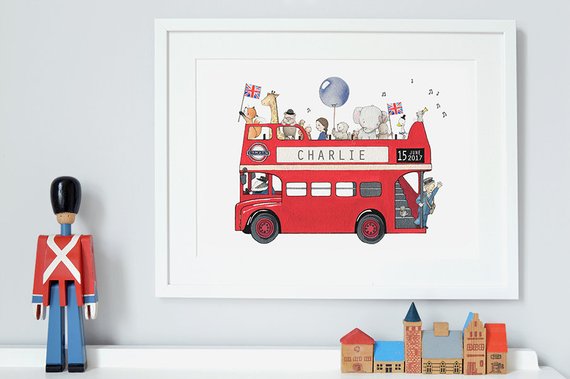“I met the devil,' Ernest said, finishing his glass of wine, 'and he doesn't give a damn about art.’”
I have two things in common with Ernest Hemingway: I also believe books are friends and I too love to sleep. Three, if you count liking to write. I knew next to nothing about the man before I read Paula McLain’s The Paris Wife. Scratch that, I knew he was a manly man; my college professor used the term misogynist, but maybe that’s a bit of a harsh stereotype? At any rate, I thoroughly enjoyed learning more about the American bohemian.
The Paris Wife is, for the most part, a love story. At 20, Hem is drawn to an older woman, Hadley Richardson, who is both pretty and practical. Hadley finds a home in Ernest. When they join the Lost Generation in Paris, their lives feel sensationalized. Their golden marriage seems indestructible. McLain’s story proved fascinating—it revealed a much softer side of a man referred to as “hypermasculine”; a man who was not afraid to admit, “I wished I had died before I loved anyone but her…I loved her and I loved no one else and we had a lovely magic time when we were alone.”
























